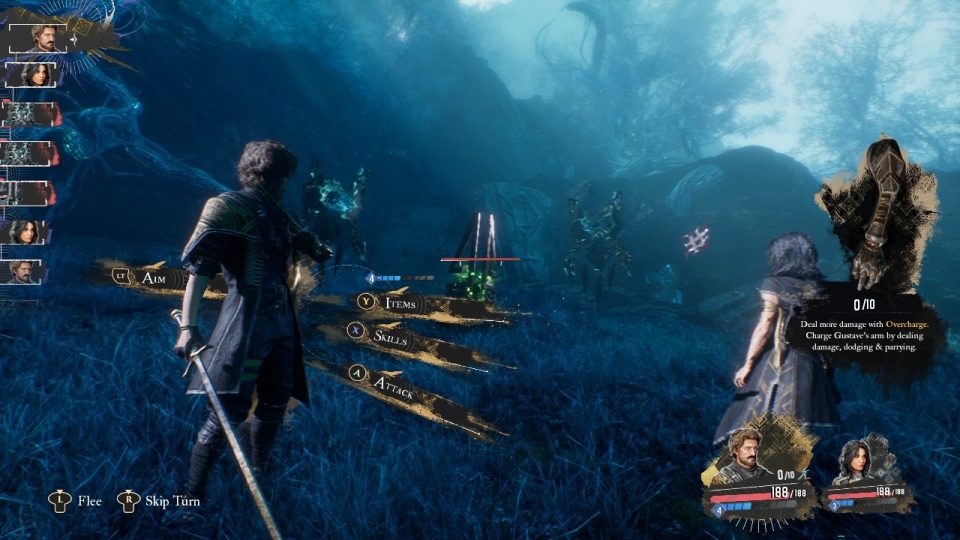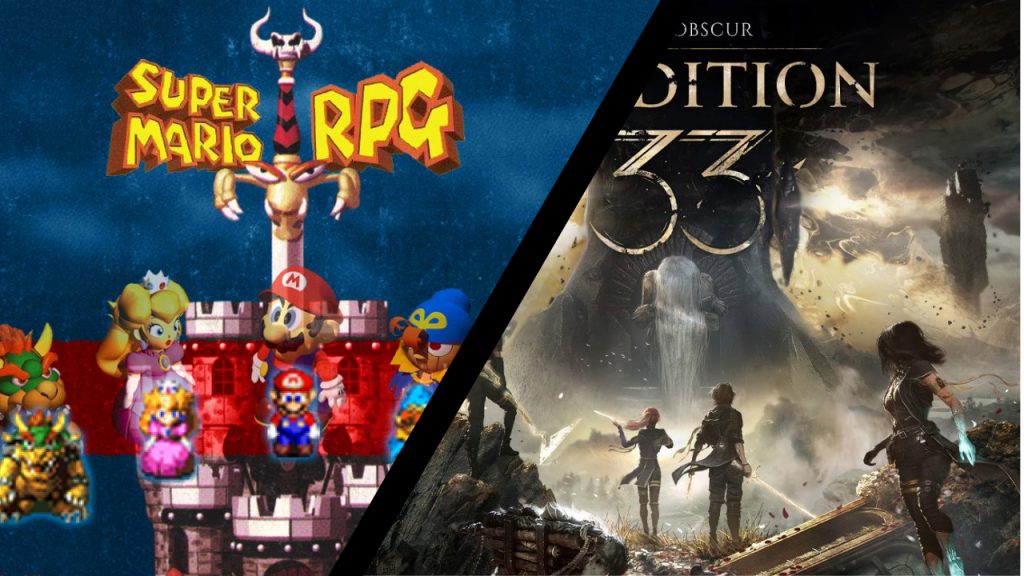
Active turn-based combat, a thrilling fusion of strategic turn-based mechanics and real-time player inputs, has captivated RPG fans by blending thoughtful planning with the immediacy of skill-based action. For many, Clair Obscur: Expedition 33, developed by Sandfall Interactive, is their electrifying introduction to this system, sparking widespread acclaim within the gaming community for its polished execution and immersive battles.
Players are raving about its dynamic combat, with some calling it a genre-defining masterpiece. Yet, Clair Obscur is far from the first to tread this path. A rich history of games, starting with Super Mario RPG in 1996, has pioneered and refined active turn-based combat, paving the way for Expedition 33’s triumph.
From Legend of Dragoon to Yakuza: Like a Dragon, these titles have shaped the system’s evolution, which Expedition 33 elevates by merging their strengths with its sense of flair. This article traces the lineage of active turn-based combat, highlights key games that defined it, and explores how Expedition 33 redefines the genre as one of the best RPGs ever crafted.
Super Mario RPG — The Genesis of Active Turn-based RPGs
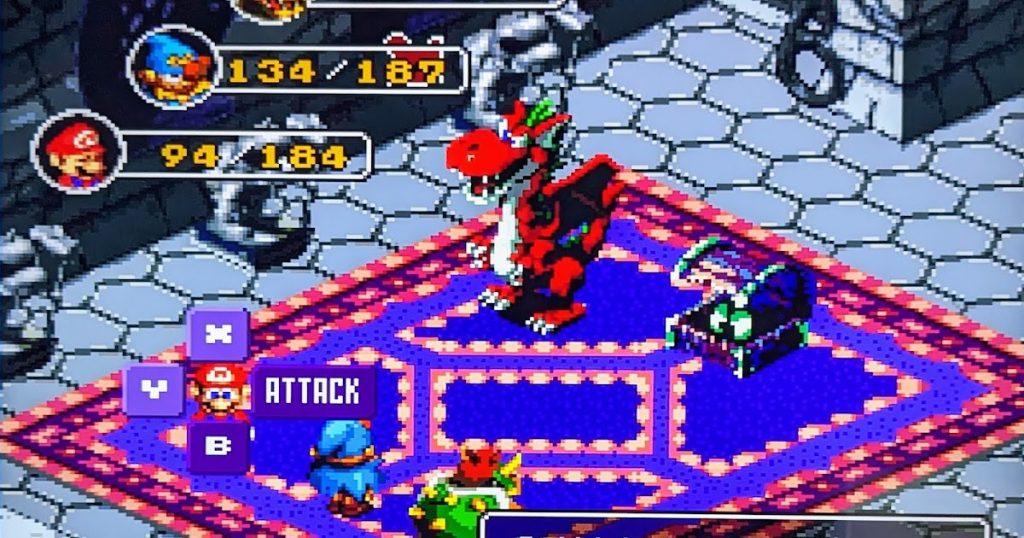
Active turn-based combat was pioneered by Nintendo, in partnership with SquareSoft (now known as Square Enix), to address the static feel of traditional turn-based RPGs. Players often felt like spectators after selecting commands rather than immersing themselves into the player character. By incorporating real-time mechanics, such as timed button presses, combo sequences, or dodge inputs, Nintendo infused battles with agency and excitement, demanding tactical foresight and quick reflexes.
Thus, the active turn-based revolution began with Super Mario RPG: Legend of the Seven Stars, developed for the SNES. This landmark title introduced quick-time commands, a mechanic where pressing a button at the precise moment of an attack or defense boosted damage or mitigated enemy hits. For instance, timing Mario’s fireball attack amplified its impact, while a well-timed block reduced incoming damage. This system was intuitive, rewarding, and accessible, making battles engaging for players of all skill levels.
Super Mario RPG’s playful narrative, vibrant visuals, and innovative combat laid the foundation for the genre. It’s 2023 Nintendo Switch remake polished the system with modern visuals and refined timing windows, reinforcing its enduring influence. Although this is technically the only title in the franchise, the game’s success spawned two sub-franchises—Paper Mario and Mario & Luigi—which have kept active turn-based combat a staple for nearly three decades.
The Foundations of Active Turn-based RPGs
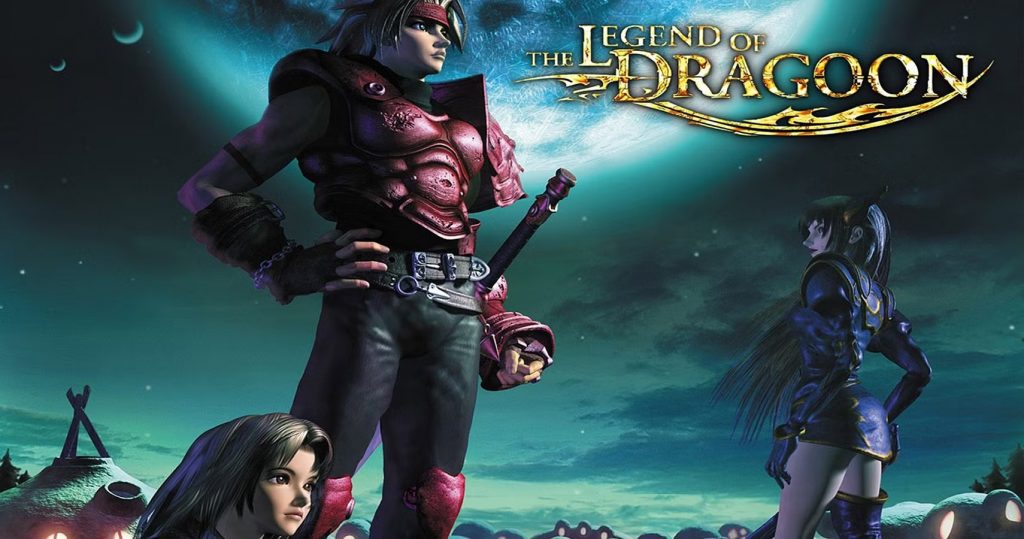
While Super Mario RPG pioneered the mechanic, many were inspired by the combat system and carried the torch. Here are some of the most prolific games and series that utilized and evolved active turn-based combat.
The Legend of Dragoon (1999)
Launching on the PlayStation, The Legend of Dragoon was the first game to adapt Super Mario RPG‘s active turn-based combat. This sprawling, Final Fantasy-style JRPG developed by Sony’s now defunct Japan Studio introduced the Additions system. Players would time button sequences (e.g., X, Circle, X) to execute combo attacks with each character having multiple Additions.
More complex sequences offered higher damage but required greater precision. Mistiming could disrupt the combo, leaving extra damage on the table. The combo complexity added a layer of challenge absent in Super Mario RPG’s forgiving system. Although it never received a sequel, The Legend of Dragoon still goes down as some of Sony‘s finest work.
Shadow Hearts Series (2001–2006)
The Shadow Hearts series, starting with Shadow Hearts on the PlayStation 2, brought a gothic, supernatural twist to active turn-based combat. Developed by Sacnoth (later Nautilus), the series featured the Judgment Ring, a spinning dial where players timed inputs to execute attacks, spells, or blocks. Hitting narrow “sweet spots” on the ring triggered critical hits, while missing weakened or canceled actions. This risk-reward system, refined in Covenant (2004) and From the New World (2005), added tension and skill to every turn.
Lost Odyssey (2007)
Lost Odyssey, developed by Mistwalker for the Xbox 360, delivered a traditional JRPG with an active twist. Directed by Final Fantasy creator Hironobu Sakaguchi, the game featured a ring system where players aligned a shrinking circle during attacks to boost damage or add effects (e.g., elemental damage).
While defensive timing was minimal, the system demanded focus and rewarded mastery, complementing the game’s poignant story of immortal warriors. The ring system echoed Shadow Hearts’ Judgment Ring but was more accessible, bridging Super Mario RPG’s simplicity and Legend of Dragoon’s complexity. Lost Odyssey’s blend of active combat and Final Fantasy-style storytelling earned it a cult following.
South Park: The Stick of Truth (2014) & The Fractured But Whole (2017)
Obsidian’s South Park: The Stick of Truth and Ubisoft’s The Fractured But Whole brought active turn-based combat to the irreverent South Park universe. Stick of Truth emulated Paper Mario, with timed button presses for attacks (e.g., sword swings) and blocks. It’s an accessible system paired perfectly with the game’s RPG parody and crude humor. The Fractured But Whole added a grid-based movement system for tactical positioning while retaining timed inputs. Special moves, like superhero-themed attacks, required precise button sequences, akin to Mario & Luigi’s Bros. Attacks. Both games showed active turn-based combat’s appeal in licensed RPGs, resonating with Paper Mario fans.
Yakuza: Like a Dragon (2020) & Infinite Wealth (2024)
Ryu Ga Gotoku Studio’s Yakuza: Like a Dragon transitioned the Yakuza series from action to turn-based RPG combat. The game featured timed inputs for attacks, such as critical hits with Ichiban Kasuga’s bat, and a Perfect Guard mechanic to reduce damage via well-timed blocks. Environmental interactions, like using street objects as weapons, added dynamic flair. Its sequel, Like a Dragon: Infinite Wealth, refined these mechanics, but Like a Dragon established the system’s place in the franchise.
Sea of Stars (2023)
Sea of Stars, developed by Sabotage Studio, is a retro-inspired JRPG heavily influenced by classic RPGs like Chrono Trigger, in addition to Super Mario RPG. It featured timed hits for attacks and blocks, with each character’s abilities requiring unique inputs (e.g., timing a button press for Zale’s sword slash). The Lock Breaks system, where timed hits targeted enemy weaknesses to cancel powerful spells, added strategic depth akin to Paper Mario’s Action Commands.
Clair Obscur: Expedition 33 — The New Testament
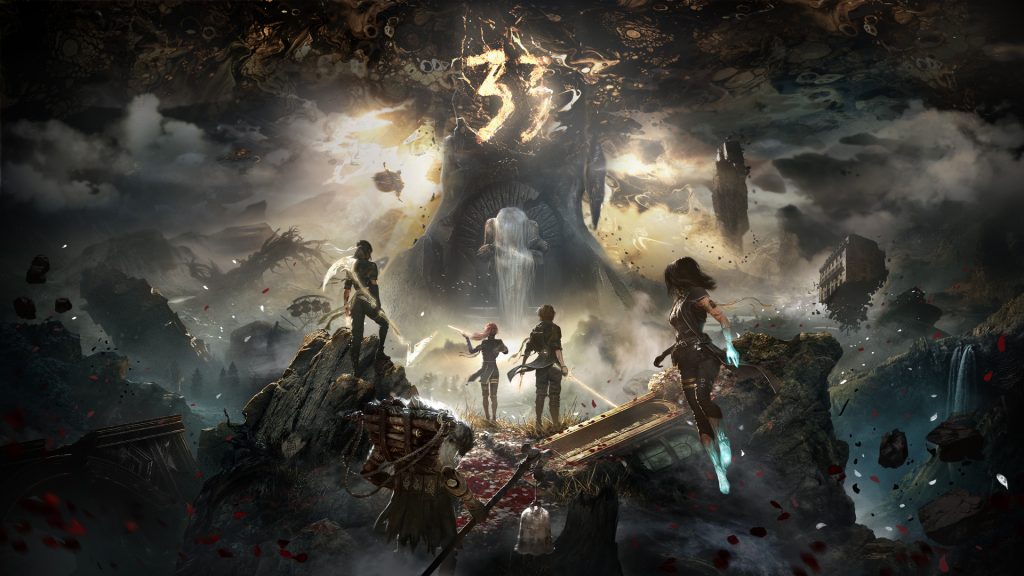
Clair Obscur: Expedition 33 has ignited the RPG community, with many players hailing it as a revelation. By synthesizing its predecessors’ best elements with Final Fantasy’s cinematic scope and Persona’s dynamic style, Expedition 33 crafts a combat system that’s both a tribute and a revolution, earning acclaim as one of the most satisfying turn-based RPGs ever made.
Clair Obscur delivers precise mechanics, strategic depth, and cinematic storytelling, setting a new benchmark for the genre. As the latest chapter in a storied lineage, it proves that active turn-based combat remains a vibrant, evolving force in RPGs, capable of captivating new generations while honoring its past.

